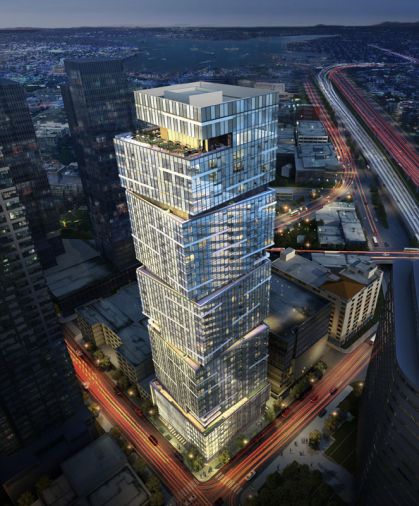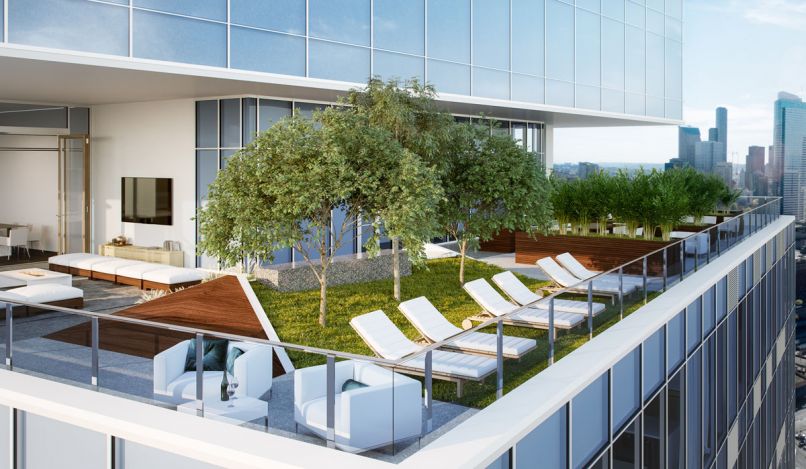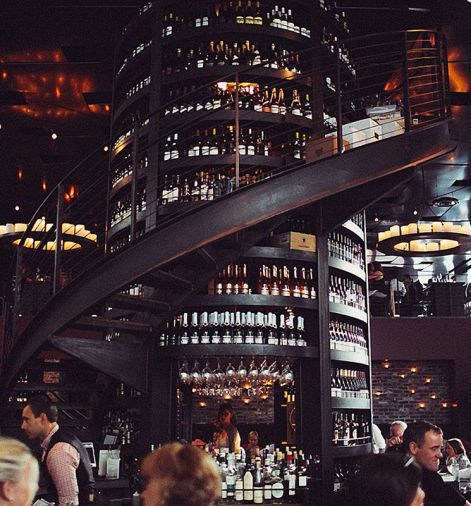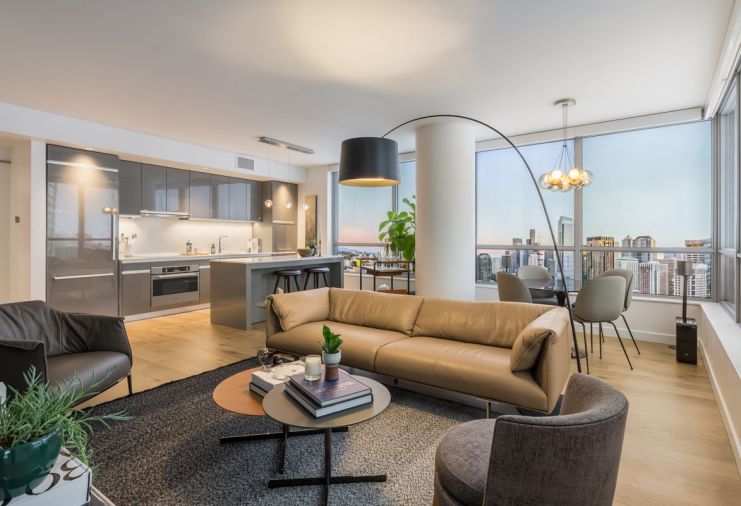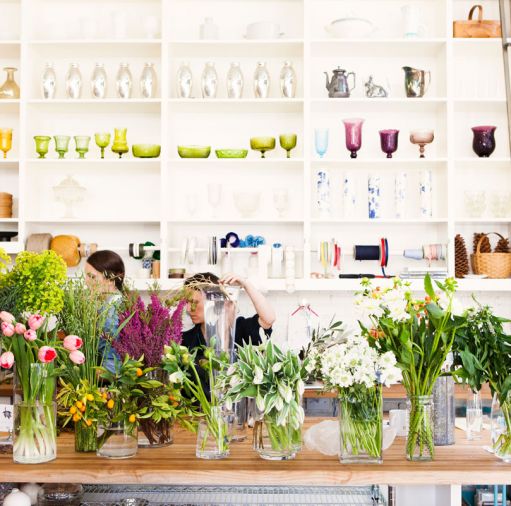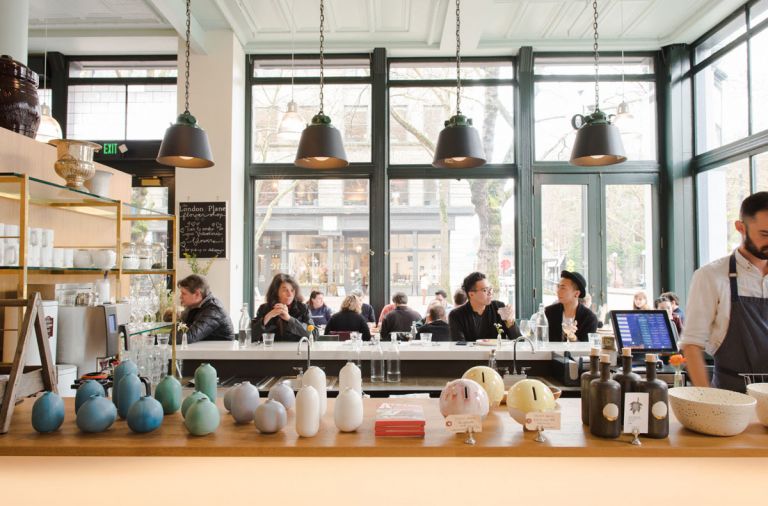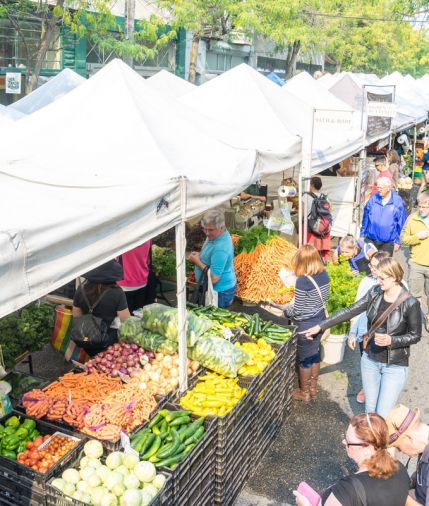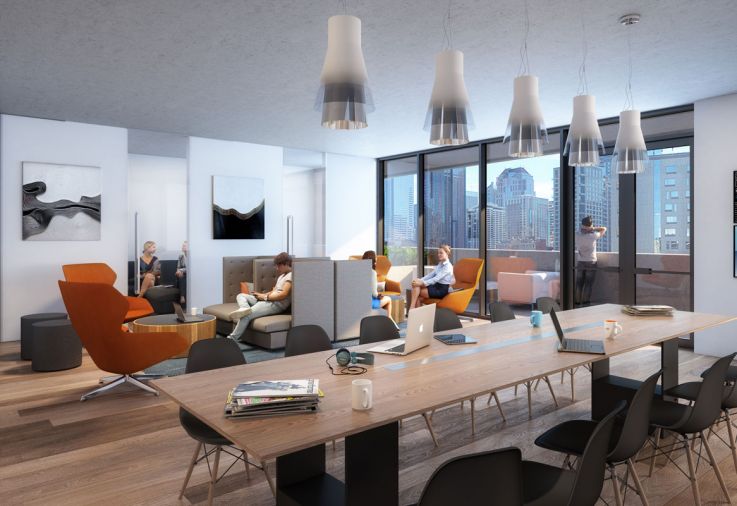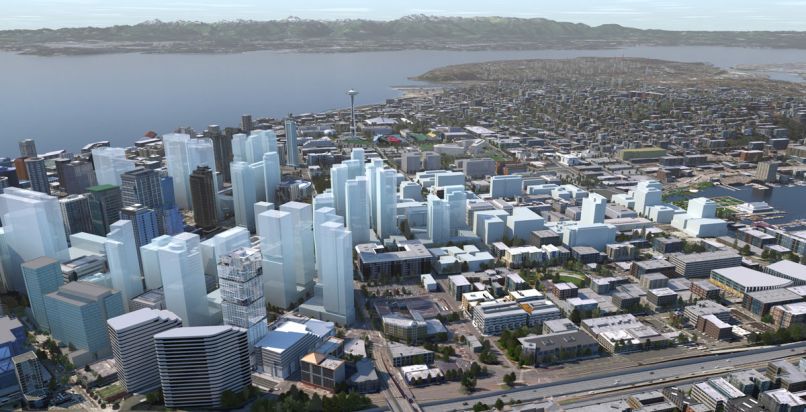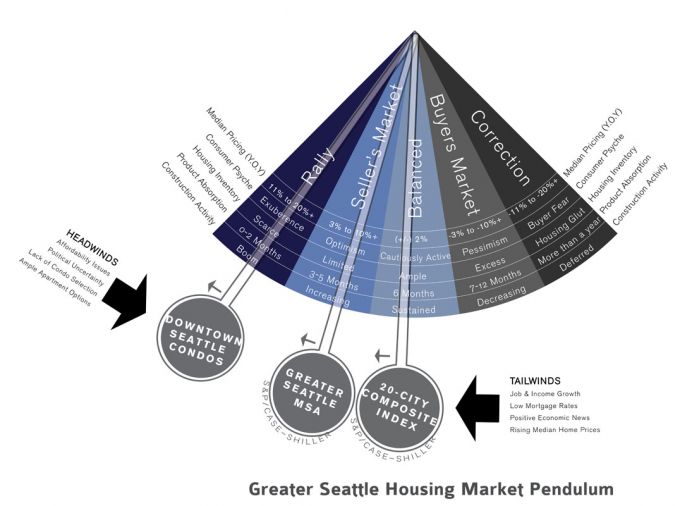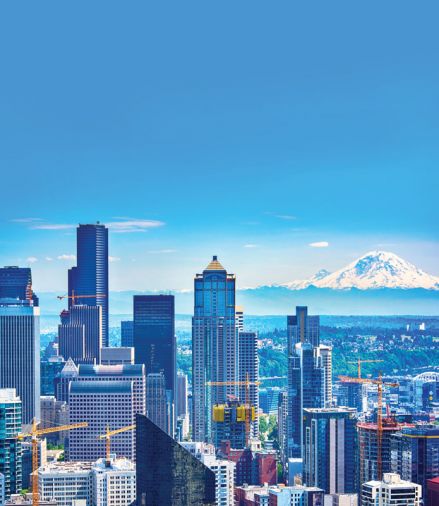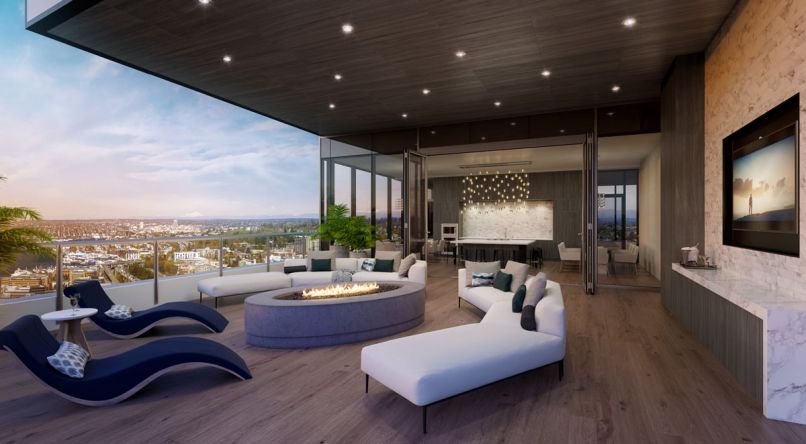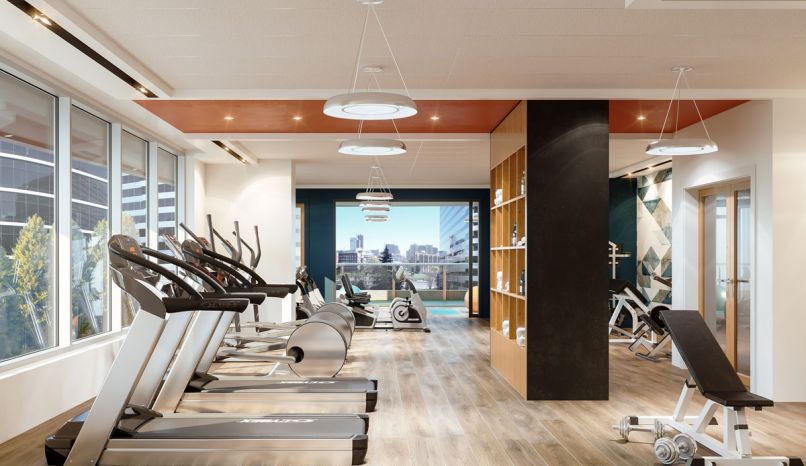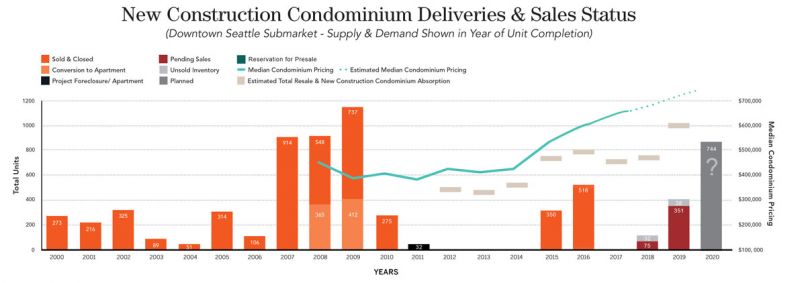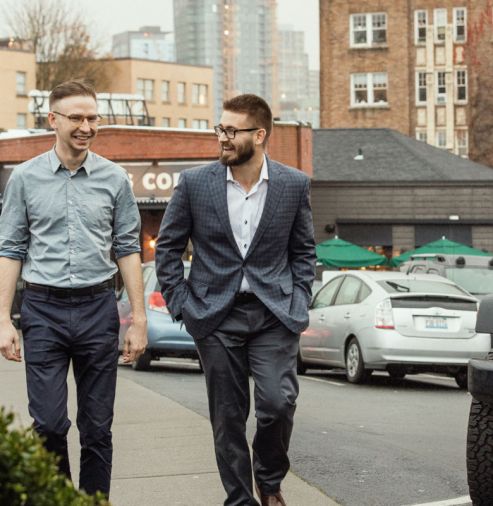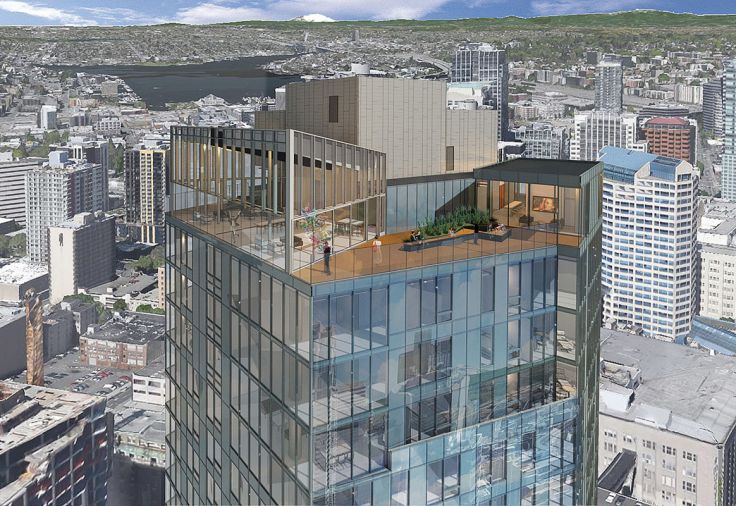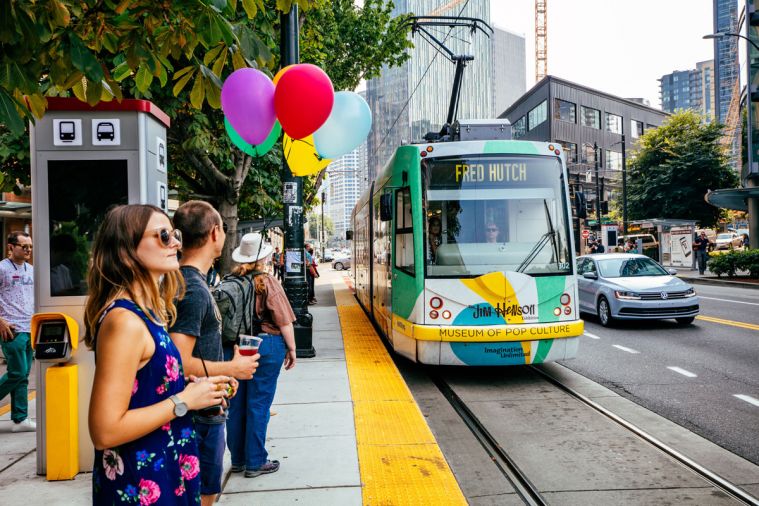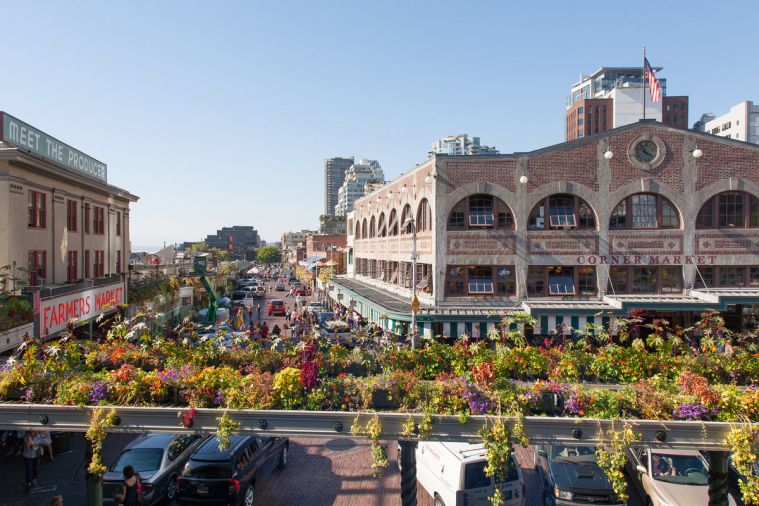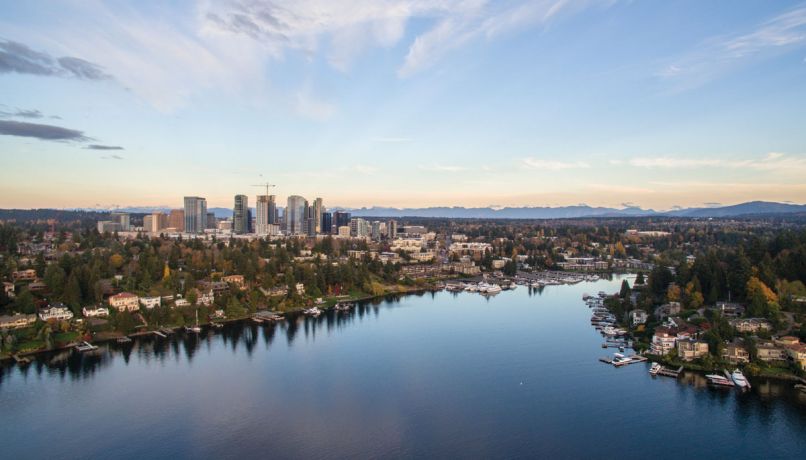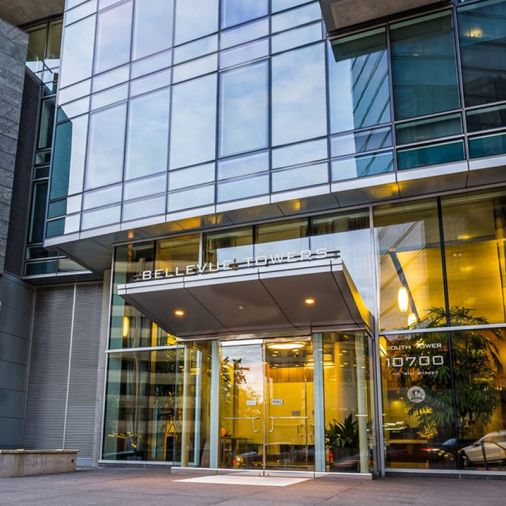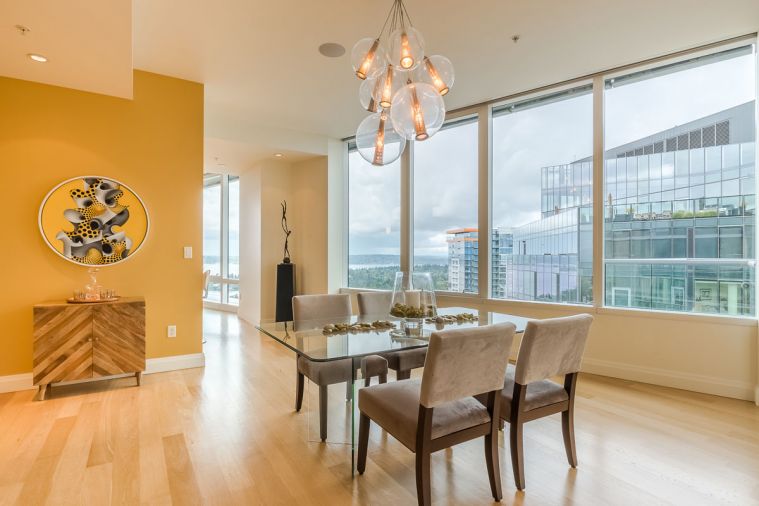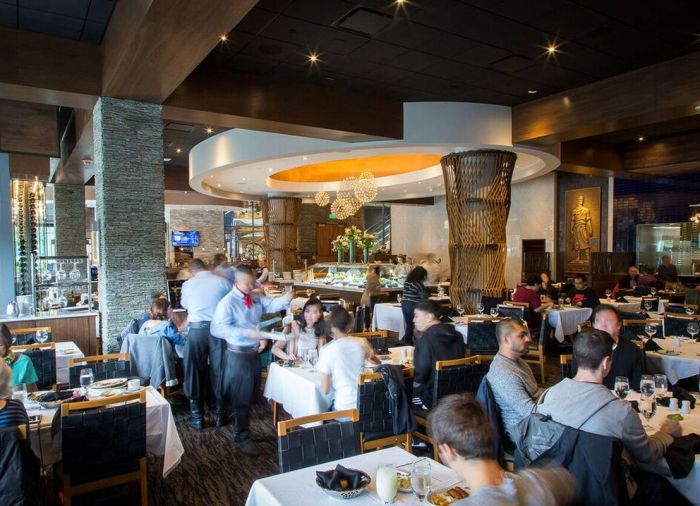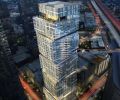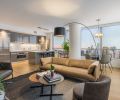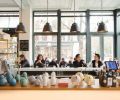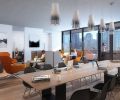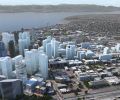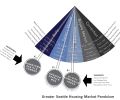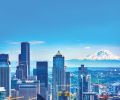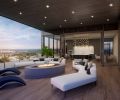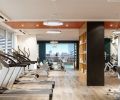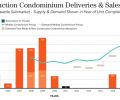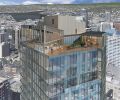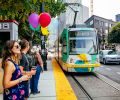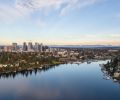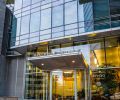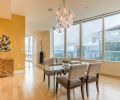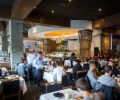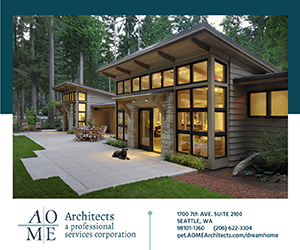If you’ve been anywhere near downtown Seattle the past few years, you’ve probably noticed the cranes. It’s officially the fastest-growing large city in the nation, and there are more active developments in Seattle than any other city in the United States. And, while the office and hotel markets are definitely hot, most of them aren’t working on commercial projects; instead, they’re residential constructors. The vast majority are high-rise apartments (94-percent of the estimated 27,000 housing units being added to the skyline this decade is for rent and not for sale). So, with demand to own rising quicker than supply, it’s of little surprise that condo prices are climbing.
A sudden population boom, an increasing desire for in-city attractions, and a tidal wave of affluent tech industry Millennials finally ready to transition from renting to home ownership have spurred a condo comeback drawing upon many international influences. Vancouver-based Burrard Group, the developer of the 41-story NEXUS Condominium tower may be building a harbinger of what’s to come. “Seattle is following similar urbanization trends we experienced in both San Francisco and Vancouver, albeit it’s taking shape much quicker,” said Christian Chan, Executive Vice President of Burrard Group. “Our success with NEXUS presales suggests our offering is resonating with the market.”
These new-class condos are a far cry from the drab, builder’s-beige properties from the Frasier era; instead, technological advances and contemporary lifestyle needs have given rise to progressive architecture and an incredible array of enticing amenities, from onsite co-working spaces to pet-friendly floors with dog parks and outdoor play spaces.
Dean Jones, Principal and Owner at Realogics Sotheby’s International Realty confirms Burrard’s vision is spot on because today’s professionals would rather live and work in the same neighborhood. “People are exhausted with commuting,” says Dean. “Urban centers are where you find the most abundant jobs, a dynamic social life, rich culture, diverse entertainment, preferred retail shopping and all the cosmopolitan attributes people value now – it’s all about time management and impromptu opportunities.”
Seattle hasn’t always been a condo town. While San Francisco and Vancouver B.C. were growing vertically in the ‘70s and ‘80s, traditional family homes still dominated the Seattle housing market. It wasn’t until the ‘90s that the first presale condominiums started to hit the Seattle market, mostly in the Belltown neighborhood. Those sold for around $300 to $350 a square foot; today, they’re trading at three to four times that value, despite being older properties, demonstrating just how desirable urban condominiums have become. Offering some perspective— luxury condo values in San Francisco have frequently crossed $3,000 per sq. ft. (about twice that of Seattle) and new developments in New York City can reach $10,000 or even top $12,000 per sq. ft.
The skyward trend in Seattle was fueled by new zoning laws passed in 2006 that permitted buildings on smaller, infill development sites that were taller and more slender than previously allowed. After the recession, the market cycle shifted exclusively to apartment buildings as skittish, relocating residents opted to rent instead of buy (and skittish banks saw apartments as less risky than built-to-sell condominiums). Many Millennials had watched their parents or older siblings grapple with the fallout of the credit crunch and hit pause on home ownership. Today, however, that pendulum has swung fully in the other direction, and the pipeline of condominium development is now rebooting. That’s a good thing, because consumer enthusiasm seems to be at an all-time high. When Burrard Group introduced NEXUS in March 2017, the opportunity to own a slice of this burgeoning “East Village” neighborhood drew line ups (even overnight campers). By the end of the weekend 70% of its 389 units were presold—even though residents won’t be able to move in until mid-2019.
BUYER’S DESIRES
So, who’s buying these condos? Young, affluent tech workers aren’t the whole story. Many empty nesters also find the “lock and leave” lifestyle immensely appealing, especially after decades of long commutes and weekends of home maintenance. “There’s a liberation that comes with adopting the high-rise lifestyle, where many of these types of responsibilities are addressed for you — either by building design and amenities, the property manager or 24 hour concierge and now technology that we are integrating into the building,” says Billy Mainguy, Vice President of Strategy for Burrard Group. “Our hope is that residents find a couple of extra hours a day to pursue other passions such as family, wellness or the arts.” Millennials do comprise an important segment of demand for urban condos, especially now, as many settle into their careers and decide they’re finally ready put down roots. It’s been a long road for these consumers, many of whom have been in Seattle for years and opted to rent, rather than buy, while exploring highly dynamic careers in a new city.
“Millennials are notoriously nimble consumers and in some ways, they’ve paid a convenience fee to keep their options open as prices rise around them — signing a 12-month lease costs more than the rent if delaying ownership with a purchase for another year,” adds Dean. Now, these young tech startups are moving into middle management, enjoying stock options, getting married, and settling down—and they’re looking to preserve the best parts of their urban lifestyle while taking advantage of the tax benefits and equity gains (especially now) that goes along with home ownership.
RESORT-STYLE LIVING
Many of Seattle’s next generation condominiums boast a array of amenities, including some that are truly cutting edge. Drawing on trends from the hospitality industry, Burrard Group started with an idea of how comfortable and seamless urban living could be, and then used a generous allocation of common areas and technology to reverse engineer that perfect life. For instance, they took one of the most common concerns about condominium living—How will I entertain?—and developed an end-to end suite of conveniences to take the hassle out of hosting house guests. For larger groups, visitors can convene atop the full floor, penthouse-level Sky Club and enjoy the indoor/outdoor Sky Parlor and BBQ areas, the fireside Sky Lounge, the exhibition kitchen, the games room or reserve the conference room or private dining room with adjacent catering kitchen – all offering expansive views of the city skyline.
To accommodate friends staying overnight, instead of paying for an extra bedroom rarely used, or settling for one of those uncomfortable sofas, residents can book one of several hotel-like private guest suites owned by the Home Owners’ Association. Reserving it will be easy thanks to a first-of-its-kind app being developed for NEXUS owners. “We aren’t just improving each day-to-day touchpoint in traditional high-rise living, but are also looking for completely new opportunities to offer our residents,” says Billy, “The NEXUS app will help residents connect with building services, collect packages, give access to guests, book amenities and interact with the rest of the building community. The platform is designed to be seamless and easy to use for all types of people with varying technical skills.”
Developers aren’t only providing environments for health and entertainment, but professional spaces, too. Soon the home office will be just an elevator ride away. At NEXUS the 7th floor Podium Club includes co-working spaces for owners complete with private meeting rooms, interior phone booths and a screening area for presentations. Likewise, the developers of the 203-unit KODA Condominiums will blur the lines between the retail spaces and the lobby to encourage residents to mix and mingle, much like a hotel lobby with adjacent food and beverage service integrated as third-party amenities. It’s no wonder today that residents are spending more time in their vertical neighborhoods.
NO CAR, NO PROBLEM
Another popular development trend is to uncouple parking from the unit’s purchase price so this becomes an option as opposed to an assumption. Just like in the cities of London, New York and Hong Kong, many residents
in Seattle don’t own a vehicle. Not only will this save the $50,000-100,000 that it costs to purchase a parking stall but city dwellers also shed the overhead and responsibility of owning a car in one of America’s most walkable cities. Let’s face it, Seattle is home to Amazon, a company that is revolutionizing retail so anything you could ever want or need is brought to your doorstep. And with the convenience of Uber and Lyft, not to mention the innovative LimeBike program, a reduced dependence on automobiles will help Seattle reconcile its global city growth and small town infrastructure.
“Many of our prospective buyers are relocating from markets where they didn’t own a car so this won’t be anything new for them in Seattle,” said Kevin Hsieh, Manager and Vice President of Finance with Taiwan-based Da-Li Development USA, developer of KODA at 5th Avenue and South Main Street. “Our site is just a block away from the regional transportation hub at King Street Station and will provide residents convenient access to expanding light rail, bus and streetcar networks, and all residential services are just a stroll away in the International District.”
Projects like KODA and The Emerald, another new high-rise condominum being developed in the Market District, will soon deliver hundreds of efficiently-scaled homes, most without parking, at attainable prices that are so desperately needed by today’s consumer. Other communities, such as Sonata Condominiums being developed by BDR in Columbia City will benefit from desirable proximity to the LINK light rail line connecting residents to downtown Seattle in minutes without sitting in traffic.
Looking back 10 years, the pace of change in Seattle’s housing market can feel dizzying. Yet in its way, all that evolution is right in line with what makes Seattle, Seattle. “Ever since 1962 and the World’s Fair, Seattle has positioned itself as the city of the future,” says Dean. “We’ve always been very progressive: The Space Needle, the Monorail, Boeing, Microsoft and Amazon. Now, 50 years later, we’re finally realizing some of those ideals in the way we live.”

